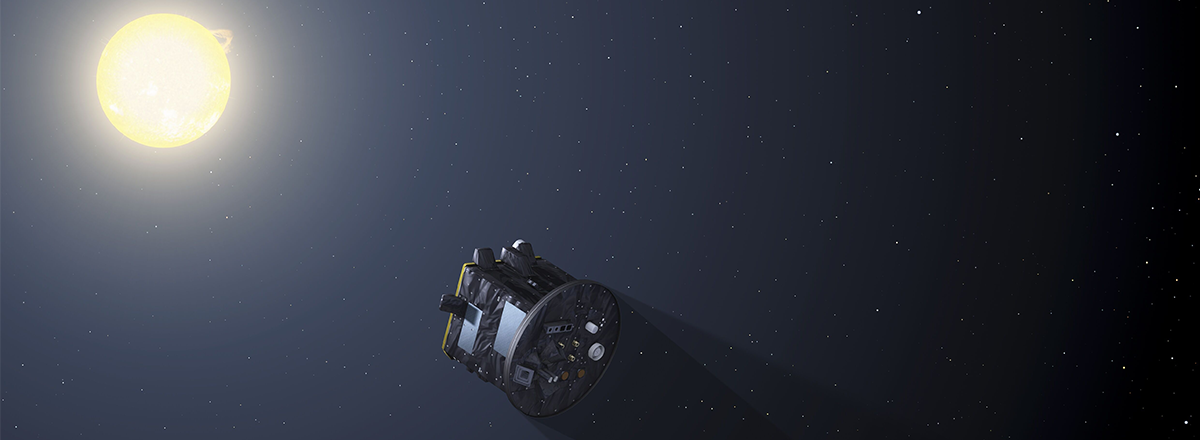ESA to Launch Proba-3 Mission for Artificial Solar Eclipses in Space
The two spacecraft will operate autonomously, using advanced technologies such as satellite navigation, inter-satellite radio links, visible-light cameras, and lasers for millimeter-accurate positioning.

The European Space Agency (ESA) is set to revolutionize solar observations by creating artificial solar eclipses with its new Proba-3 mission. This innovative project aims to enable the detailed study of the Sun's corona, an area difficult to observe due to the intense light from the solar surface.
Scheduled for launch this fall, the Proba-3 mission involves two spacecraft flying in precise formation approximately 150 meters apart. This unique configuration allows one spacecraft, the Occulter, to block the Sun's bright face, thereby revealing the elusive corona to the other spacecraft equipped with a coronagraph, known as the Coronagraph spacecraft.
The mission's primary goal is to explore the corona’s intricate structures and dynamics, which play a crucial role in influencing space weather. Events like coronal mass ejections stemming from this outer layer of the solar atmosphere can disrupt satellite operations and power grids on Earth.
Proba-3 will also focus on measuring the Sun's total energy output, which is vital for climate modeling. The two spacecraft will operate autonomously, using advanced technologies such as satellite navigation, inter-satellite radio links, visible-light cameras, and lasers for millimeter-accurate positioning.
This mission marks a significant advancement in space technology, demonstrating ESA's capability to perform complex operations involving precise formation flying. The success of Proba-3 could pave the way for new types of astronomical observations and missions that require large structures in space, potentially leading to developments in in-orbit satellite servicing and large-scale interferometry arrays.

